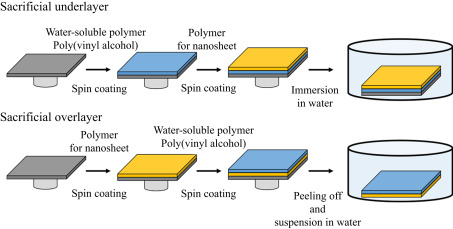Nanofabrication: The Science and Applications

About Course
Step into the world of the ultra-small, where atoms and molecules are meticulously manipulated to build technologies that define the future. Nanofabrication: The Science and Applications offers a comprehensive journey through the fascinating realm of nanoscale engineering. From the synthesis of nanomaterials to cutting-edge lithography techniques, this course demystifies the invisible world shaping next-gen electronics, medicine, and energy systems.
Students will uncover the secrets behind how smartphones become smarter, how cancer treatments are becoming more targeted, and how quantum computing is evolving from theory to reality—all through the lens of nanofabrication. With real-world applications, engaging visuals, and detailed walkthroughs of powerful fabrication tools, learners will be equipped to understand and innovate within one of the most transformative fields in science and technology today.
Course Content
I. Introduction to Nanofabrication
Definition and scope of nanofabrication
00:00Importance and impact of nanofabrication in science and technology
00:00Historical overview and milestones in nanofabrication
00:00